The issue of regionalism is important for Iran since it has been subjected to the most severe sanctions system of the US and the West for years. Iran is trying to neutralize the sanctions by taking advantage of the capacity of regional links and developing relations with neighboring countries.
The Eurasian Economic Union (EAEU) is one of the regional economic links that Iran is trying to become a member of. It is an international organization for regional economic integration that has international legal personality.
The main goals of the union is to facilitate trade, create a common market among members, gradually remove customs laws within the union and establish a common tariff, coordinate customs formalities, allow movement of goods, capital, labor and services across Eurasian borders and set up a common policy in the field of energy, industry, agriculture and vehicles.
Given the capacities of the EAEU members and those of Iran as one of the most powerful economies in West Asia, having rich mineral and natural resources as well as abundant oil and gas reserves, the development of relations between Iran and the member countries will definitely promote regional trade.
After the collapse of the Soviet Union, Eurasian integration was established with the aim of creating a new framework for cooperation.
Several attempts have been made over the past two decades by the Commonwealth of Independent States to bring about deeper economic integration, one being the conclusion of an agreement with the member states of the Eurasian Economic Union to create a free trade zone.
However, the union seeks to go beyond the post-Soviet space, and a number of countries, including Iran, are interested in cooperating with the organization.
In fact, the Eurasian Economic Union is one of the most important groupings in Iran’s neighborhood, which has common cultural, political and geopolitical points with Iran and is of special importance for the country.
The cooperation with the Eurasian Economic Union is one of the most important serious experiences of Iran in agreeing with a regional economic union and one of the most complete and detailed trade agreements of the Islamic Republic.
At the end of 2022, the population of the Eurasian member states was close to 182 million people, accounting for 2.4% of the world’s population of 8 billion. With 144 million people, Russia accounts for 79% of the population of the union. The trend of the population ratio of the union compared to the world population has constantly been decreasing since its formation in 1994.
At the end of 2022, the EAEU production was close to $2.56 trillion, or 2.5% of the world production of $100 trillion. With $2.2 trillion, Russia accounts for 87% of the production of the union. The ratio of the production of the union to the production of the world has fluctuated and increased since its inception.
At the end of 2021, exports of Eurasian member countries were close to $673 billion or 2.4% of the world’s $28 trillion. Russia accounted for 82% of the exports of the union with $550 billion. The trend of the export ratio of the union compared to the world’s exports has been fluctuating and unchanged since its formation.
At the end of 2021, the imports of Eurasian member countries were nearly $484 billion, accounting for 1.8% of the world’s $27 trillion. With $380 billion, Russia accounted for 78% of the imports of the union. The trend of the import ratio of this union compared to the world’s imports has been fluctuating and unchanged since its establishment.
At the end of 2022, Iran with a population of 89 million people accounted for 49% of the population of the Eurasian Economic Union. In fact, with the addition of Iran, the union’s population will increase by 49 percent.
At the end of 2022, Iran’s annual production of $389 billion accounted for 15.2% the union’s total, meaning with the addition of Iran to the Eurasian Economic Union, its production capacity will increase by the same ratio.
At the end of 2021, Iran exported $82 billion worth of goods, meaning with the country joining the Eurasian Economic Union, its export capacity will increase by 12.2 percent.
At the end of 2021, Iran imported $77 billion of goods, which means the country’s addition will raise its production capacity by 16%.
The Eurasian Economic Union is an intergovernmental economic union consisting of Belarus, Kazakhstan, Russia, Kyrgyzstan and Armenia.
The purpose of the union is to create a single economic space, develop a common market and achieve the free movement of goods, capital, services and people in the single market of the member countries, reduce the price of goods by reducing the costs of transporting raw materials and promote healthy competition in the common market, common policies in agriculture, energy, technology and transportation.
After about six years of negotiations, Iran’s first free trade agreement with Eurasia is about to be realized. In terms of the population, production, export and import variables, the Eurasian Economic Union is completely dominated by Russia.
With the addition of Iran to the Eurasian Economic Union, the population (19 percent), production (15.2 percent), export (12.2 percent) and import (16 percent) capacities of the bloc will increase, but Iran’s economic capacities will also enhance.
In fact, with the capacities of the Eurasian Economic Union and Iran, membership in the bloc will increase Iran’s regional ties with neighboring countries, reduce vulnerability and increase the resilience of the national economy in the face of economic sanctions. In addition, the country’s bargaining power will increase in the face of the Western countries in matters of negotiation and conflict, such as the nuclear program.
Finally, it will increase the cost of sanctions for the sanctioning countries. In addition, it will lead to cracks in the structure of economic sanctions due to the lack of cooperation of member countries of joint agreements.

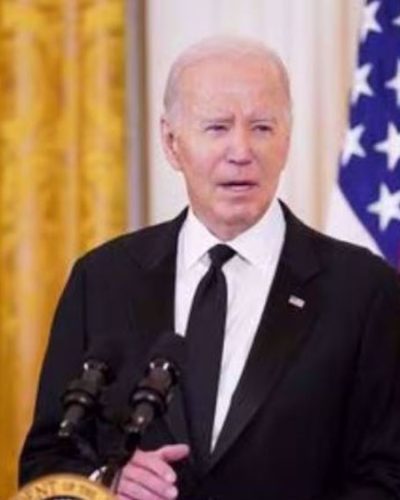



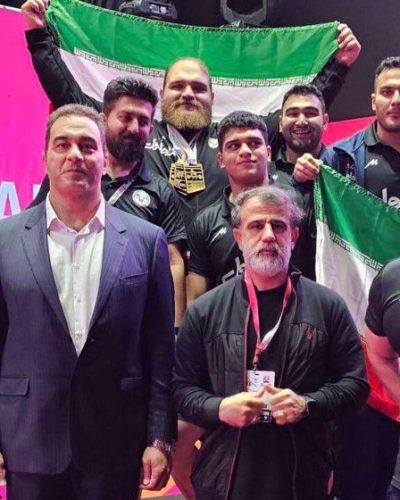



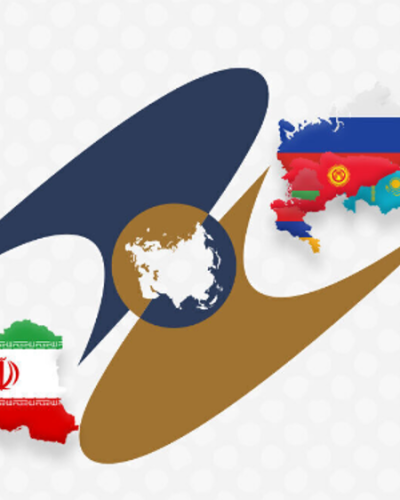
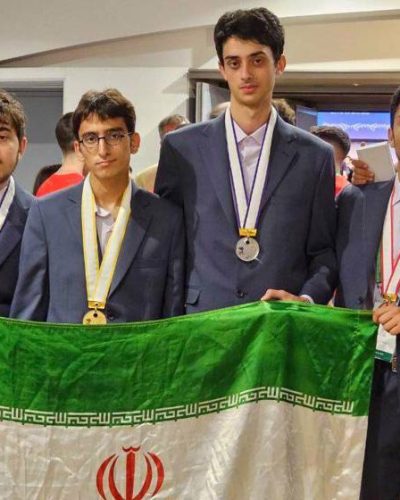
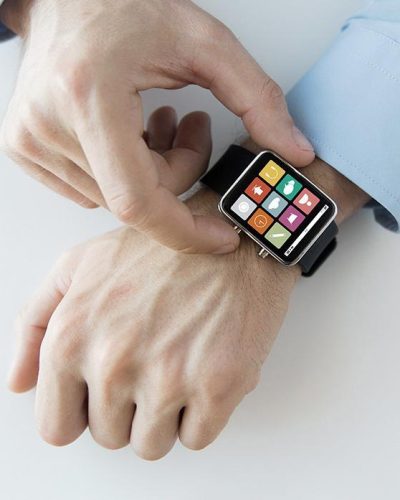










No comment